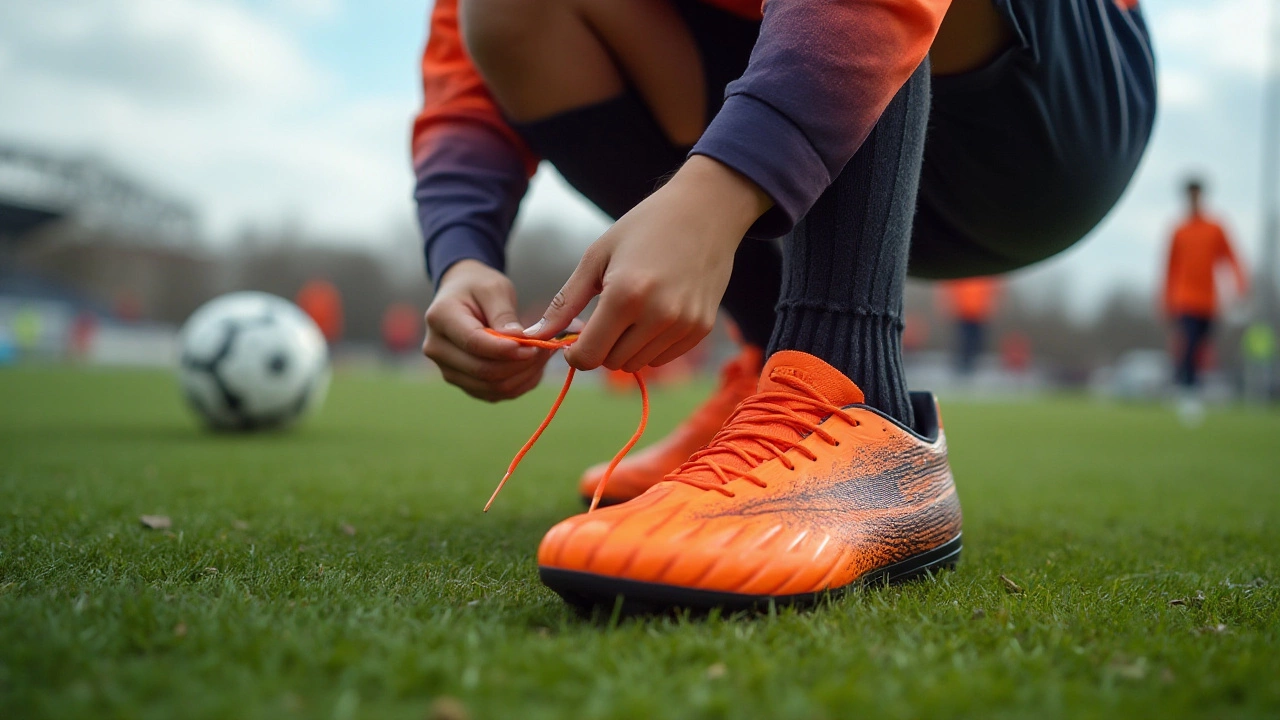Protective Gear: How to Stay Safe While Working Out
When you hit the gym, the studio, or the trail, the last thing you want is a nagging injury that derails your progress. The good news is that the right protective gear can stop many common aches before they start. From sturdy shoes to padded mats, a few smart choices make your routine safer and more enjoyable.
First, think about the activity you do most. Runners need shoes with good cushioning and arch support; weight‑lifters benefit from wrist straps and belt support; yoga enthusiasts rely on non‑slip mats and ankle sleeves. Matching gear to the movement reduces strain on joints and keeps you focused on the workout, not on pain.
Choosing the Right Gear for Your Activity
Start by checking the fit. Shoes that are too tight cause blisters, while loose shoes let your foot slide, increasing the risk of sprains. When you try on a pair, walk or jog a few minutes inside the store – you should feel snug but not cramped.
Next, look at the material. For mats, a dense foam that rebounds quickly protects your knees and spine during floor work. In contact sports, high‑density foam or leather pads absorb impact better than thin padding. If you’re lifting, a sturdy belt made of leather or thick nylon helps stabilize your core without restricting breathing.
Don’t forget durability. Gear that falls apart after a few sessions ends up costing more in the long run. Read reviews that mention how long the product lasts and how it performs after repeated washes or heavy use.
Maintaining and Upgrading Your Gear
Keeping gear clean extends its life. Wash yoga mats with mild soap and a damp cloth, and let them air dry flat. Shoes should be brushed after each use and stored in a ventilated spot to prevent odor build‑up.
Inspect your equipment regularly. Small tears in a mat or frayed straps on a weight belt can become safety hazards. Replace any item that shows wear before it fails mid‑workout.
If you notice your routine changing – say, you add more cardio or start a new sport – upgrade your gear accordingly. A new pair of running shoes every 300‑500 miles, or a sturdier set of knee pads for high‑impact classes, keeps protection aligned with your goals.
Bottom line: protective gear isn’t an extra; it’s a core part of a smart fitness plan. Pick items that fit your activity, keep them in good shape, and upgrade when needed. With the right gear, you’ll train harder, stay injury‑free, and enjoy every session to the fullest.

Understanding Football Sports Equipment for Optimal Performance
Maeve Larkspur Oct 1 0The world of football sports equipment is vast, encompassing everything from protective gear to footwear and balls. Each piece of equipment plays a crucial role, not just for player safety, but also in enhancing performance on the field. Football gear has evolved over the years, becoming more specialized to meet the needs of various playing conditions and levels. This article explores the essential types of football equipment, their purpose, and how to choose them wisely for the best game experience.
More Detail